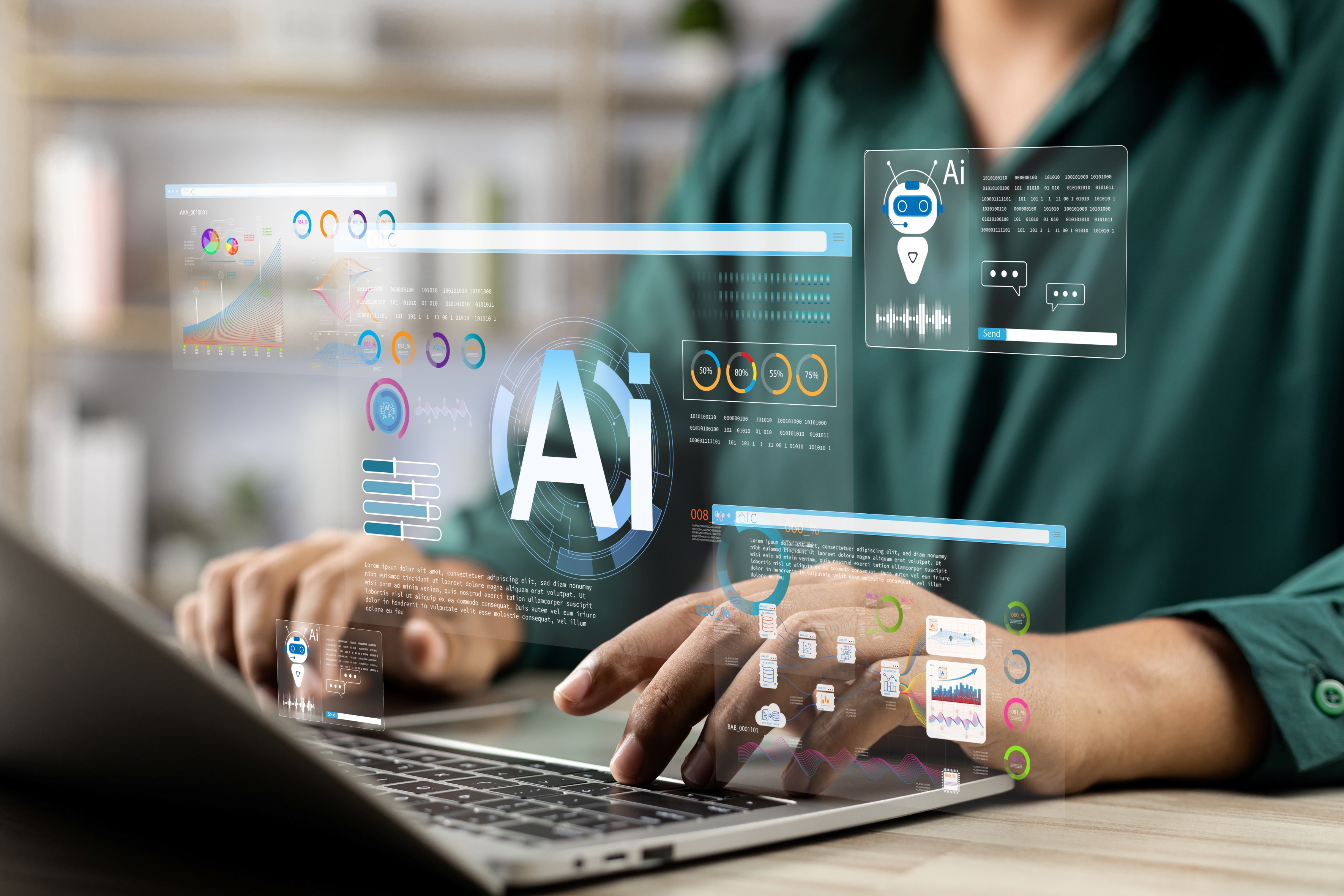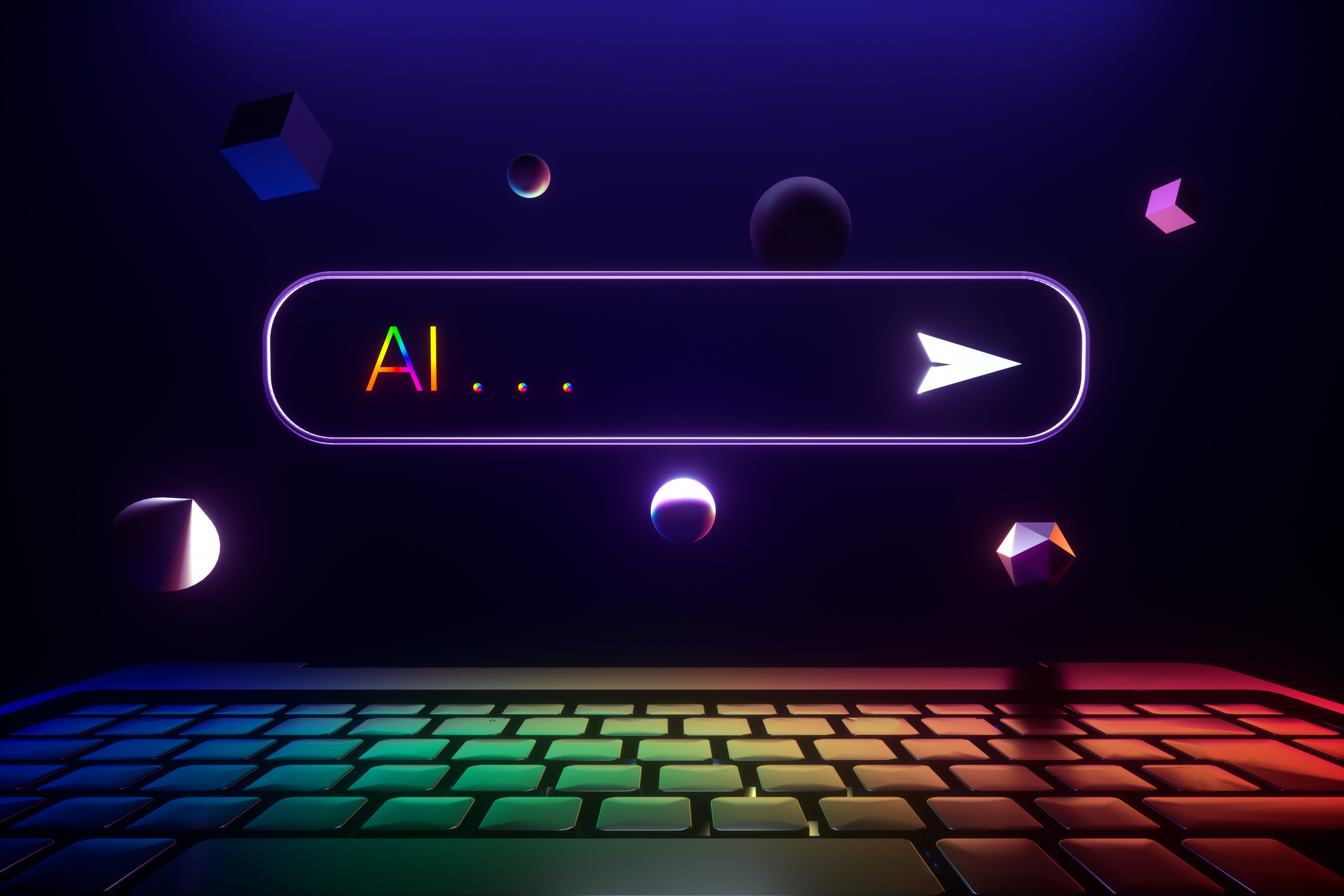Car Prices Are Finally Coming Down
For the first time in years, it may be possible to snag a good deal on a new car.


Jim Patterson
To help you understand what is going on in the auto industry and what we expect to happen in the future, our highly experienced Kiplinger Letter team will keep you abreast of the latest developments and forecasts (Get a free issue of The Kiplinger Letter or subscribe). You'll get all the latest news first by subscribing, but we will publish many (but not all) of the forecasts a few days afterward online. Here’s the latest…
If you’re in the market for a new car here’s what you should know ahead of time.
1. High prices are finally weighing on sales. Consumers are tapped out or holding off. Many expect prices to come down or are waiting for the Federal Reserve to start cutting interest rates. (But we think it’ll be a long wait before Fed rate cuts meaningfully lower the cost of financing a vehicle, with the first reduction not likely before the election.)
From just $107.88 $24.99 for Kiplinger Personal Finance
Become a smarter, better informed investor. Subscribe from just $107.88 $24.99, plus get up to 4 Special Issues

Sign up for Kiplinger’s Free Newsletters
Profit and prosper with the best of expert advice on investing, taxes, retirement, personal finance and more - straight to your e-mail.
Profit and prosper with the best of expert advice - straight to your e-mail.
While total vehicle sales are up a bit, the gain is being driven by leasing, which is up 30%, and sales to rental fleets and other buyers. Actual sales to individual consumers are down 2%. Note the consequences of this shift in buying trends:
2. Car prices, both new and used, will soften over the rest of the year, continuing the declines we are already seeing.
- New cars are now being sold at 97% of list price on average, vs. 102% back in 2022.
- Financial incentives are back, and averaging 7% of transaction prices (still below 2019’s 10% level).
- Used car prices are down 23% from their 2022 peak, though they are still 25% higher than we’d expect without the pandemic’s effect.
3. As 2025 models roll out, you’ll see more and better deals on the 2024s that are still on dealer lots, plus even deeper discounts on the handful of 2023s. 6% of dealer inventory is 2023 model cars, with Dodges and Chryslers most common.
4. The jump in leasing and fleet sales now means deals on used cars later. Many of those leased cars will get resold as certified, preowned (CPO) vehicles in 2027, or whenever their leases are up. Historically, CPO vehicles come with good warranties, low mileage and relatively few problems, which appeals to value-minded shoppers.
5. Financing costs are crimping some buyers’ spending power. The rate on a new-car loan now averages 7.3%. For a used car: 11.5%. Many borrowers with less than prime credit have dropped out of the market, and the share of loans that are delinquent has risen to 8%, up from 5% in 2022. Meanwhile, affluent buyers, buoyed by rising stock and home values, are increasingly paying for cars with cash.
6. Hybrids continue to be strong sellers, so expect fewer bargains on them. Toyota has half of the hybrid market, followed by Honda at 20%. Plug-in hybrids, which can drive modest distances on battery power, are also gaining in popularity. Jeep is seeing good demand for its plug-in hybrid Wrangler and Grand Cherokee.
7. Sales of electric vehicles have plateaued for now, at 7% of the market. There are plenty on dealer lots if you’re interested. 104 days’ worth at their current selling pace, vs. 73 days of supply for the overall car market. Leasing is especially high among EVs, so expect a glut of used ones later.
Most consumers seem wary of EVs, but many say they’ll reconsider in a few years.
This forecast first appeared in The Kiplinger Letter, which has been running since 1923 and is a collection of concise weekly forecasts on business and economic trends, as well as what to expect from Washington, to help you understand what’s coming up to make the most of your investments and your money. Subscribe to The Kiplinger Letter.
Related content
Profit and prosper with the best of Kiplinger's advice on investing, taxes, retirement, personal finance and much more. Delivered daily. Enter your email in the box and click Sign Me Up.

David is both staff economist and reporter for The Kiplinger Letter, overseeing Kiplinger forecasts for the U.S. and world economies. Previously, he was senior principal economist in the Center for Forecasting and Modeling at IHS/GlobalInsight, and an economist in the Chief Economist's Office of the U.S. Department of Commerce. David has co-written weekly reports on economic conditions since 1992, and has forecasted GDP and its components since 1995, beating the Blue Chip Indicators forecasts two-thirds of the time. David is a Certified Business Economist as recognized by the National Association for Business Economics. He has two master's degrees and is ABD in economics from the University of North Carolina at Chapel Hill.
- Jim PattersonManaging Editor, The Kiplinger Letter
-
 5 Types of Gifts the IRS Won’t Tax: Even If They’re Big
5 Types of Gifts the IRS Won’t Tax: Even If They’re BigGift Tax Several categories of gifts don’t count toward annual gift tax limits. Here's what you need to know.
-
 The 'Scrooge' Strategy: How to Turn Your Old Junk Into a Tax Deduction
The 'Scrooge' Strategy: How to Turn Your Old Junk Into a Tax DeductionTax Deductions We break down the IRS rules for non-cash charitable contributions. Plus, here's a handy checklist before you donate to charity this year.
-
 IRS Says You Made a Tax Return Mistake? A New Law Could Help You Fight Back
IRS Says You Made a Tax Return Mistake? A New Law Could Help You Fight BackTax Law Updated taxpayer protections change what the IRS must explain on error notices and how long you have to respond.
-
 What to expect from the global economy in 2026
What to expect from the global economy in 2026The Kiplinger Letter Economic growth across the globe will be highly uneven, with some major economies accelerating while others hit the brakes.
-
 The AI Boom Will Lift IT Spending Next Year
The AI Boom Will Lift IT Spending Next YearThe Kiplinger Letter 2026 will be one of strongest years for the IT industry since the PC boom and early days of the Web in the mid-1990s.
-
 Amid Mounting Uncertainty: Five Forecasts About AI
Amid Mounting Uncertainty: Five Forecasts About AIThe Kiplinger Letter With the risk of overspending on AI data centers hotly debated, here are some forecasts about AI that we can make with some confidence.
-
 Worried About an AI Bubble? Here’s What You Need to Know
Worried About an AI Bubble? Here’s What You Need to KnowThe Kiplinger Letter Though AI is a transformative technology, it’s worth paying attention to the rising economic and financial risks. Here’s some guidance to navigate AI’s future.
-
 Will AI Videos Disrupt Social Media?
Will AI Videos Disrupt Social Media?The Kiplinger Letter With the introduction of OpenAI’s new AI social media app, Sora, the internet is about to be flooded with startling AI-generated videos.
-
 What Services Are Open During the Government Shutdown?
What Services Are Open During the Government Shutdown?The Kiplinger Letter As the shutdown drags on, many basic federal services will increasingly be affected.
-
 The Economy on a Knife's Edge
The Economy on a Knife's EdgeThe Letter GDP is growing, but employers have all but stopped hiring as they watch how the trade war plays out.
-
 Banks Are Sounding the Alarm About Stablecoins
Banks Are Sounding the Alarm About StablecoinsThe Kiplinger Letter The banking industry says stablecoins could have a negative impact on lending.